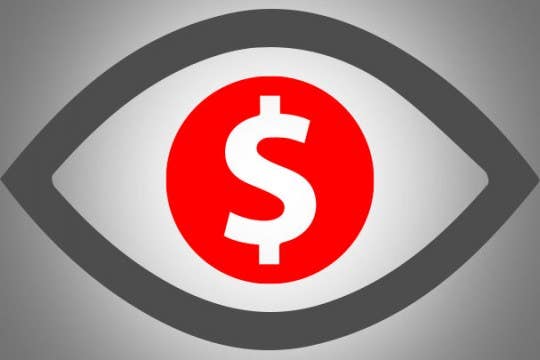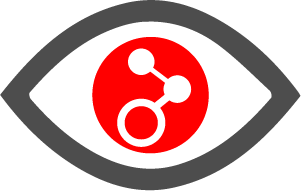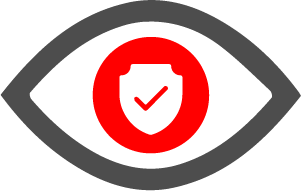
The Hidden Costs of an Eye Injury
Did you know that eye safety violations in the workplace are on the rise? The U.S. Occupational Safety and Health Administration estimates that workplace eye injuries cost about $300 million a year. On top of that, OSHA’s Top Ten Safety Violations for 2022 reported 1,401 violations for "Violations for Personal Protection and Lifesaving Equipment Related to the Use of Eye and Face Protection," making it the 9th most frequently cited workplace safety standard:
#9
Violations for Personal Protection and Lifesaving Equipment Related to the Use of Eye and Face Protection.
Improving Eye Safety
As a safety manager, you’re well-versed in the consequences of injuries. But if you’re going to convince both workers and upper management to prioritize eye safety, it may help to break down the real costs – both direct and indirect – of an eye injury. Because it’s not just bad news for one person or department. An eye injury or eyesight loss costs everyone.

Direct Costs of an Eye Injury
Employers
Employers take a hit to the budget in:
- workers’ compensation,
- health care costs,
- lost productivity, and
- possibly time spent finding and training a replacement.
Employees

Indirect Costs of an Eye Injury
Employers
A little harder to recognize is the added cost to the employer that has nothing to do with money. Seeing a fellow worker badly injured takes a toll on your team that you can’t really measure. Workers’ compensation isn’t usually granted for PTSD (Post-Traumatic Stress Disorder) or other suffering for bystanders. But you’ll still pay in productivity and possibly even lost employees if your workers are traumatized by witnessing or being indirectly involved in a serious accident.
Employees
- pain and suffering,
- PTSD,
- impaired quality of life, and
- the added burden of care that falls on loved ones.

How to Prevent Eye Injuries
One of the most effective strategies you can use is to make it easy for workers to wear their safety glasses.
- Better quality lenses – so workers can see clearly and won’t feel the need to remove them for certain tasks.
- Prescription safety eyewear – so workers won’t be tempted to rely on glasses alone to protect their eyes.
- Stylish safety glasses – so workers feel good about what they’re wearing and might even be happy to wear a pair of cool safety glasses.
- Posted reminders – to keep eye safety top-of-mind.
- Proper training – to ensure that workers know when, where, and how they should be wearing safety glasses.
- Regular reminders after training – to encourage eye safety every day through reinforcing PPE use and rewarding compliance with safety incentives.
Before you start your next shift, make sure both you and your workers consider all the costs of risking an eye injury.
MAKE YOUR PRESCRIPTION SAFETY EYEWEAR PROGRAM EASY



